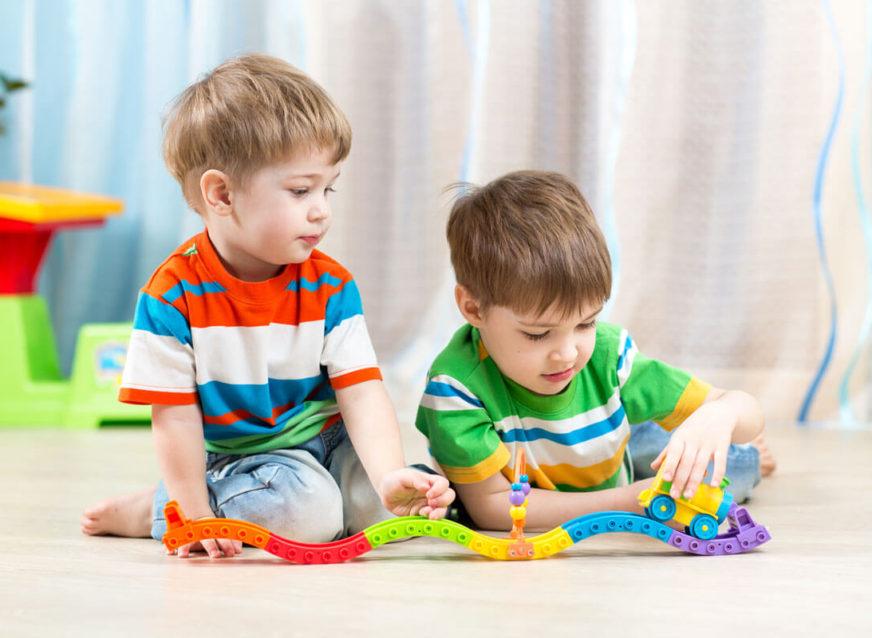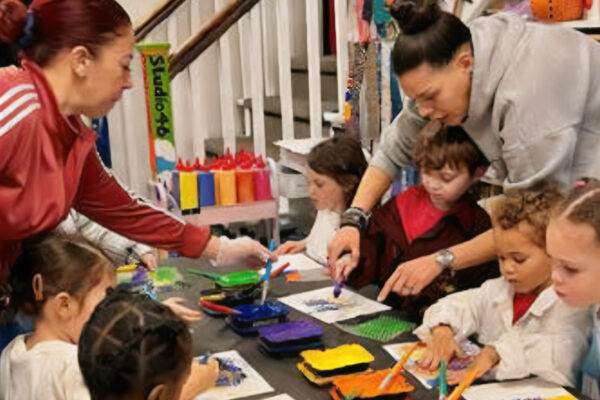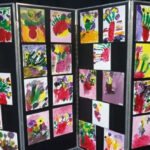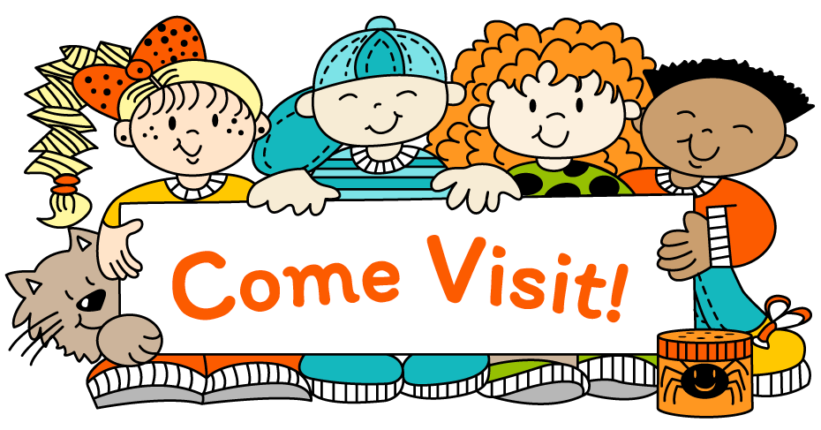
SURVIVING THE TATTLE BATTLE: A QUICK GUIDE FOR PARENTS
WRITTEN BY LISA RAPHAEL ON FEBRUARY 04, 2016 VIA BLOGHER
Whether in the classroom or at home, tattling can drive adults crazy! We all want children to have the ability to solve problems on their own. However, what we often forget is the complexity of the social/emotional skills involved in problem solving.
Young children with only a few years of life experience and brain development are just beginning to be in environments where they are expected to negotiate, share and all the other aspects of social problem solving.
First Things First … Understanding Why Kids Tattle:
Young children resort to tattling for a variety of reasons, both at home and in school. Here are a few reasons why:
- The Rule Follower: Preschool and kindergarten children are constantly learning rules at home and in the classroom. They are developing morals, trying to figure out right from wrong, consequences for broken rules and what it means to be fair. Young kids tend to be very literal, as their cognitive development cannot recognize abstract reasoning yet. They are concrete in their thinking and are expecting the rules to be inflexible and are compelled to tell an adult when an infraction occurs.
- The Power Player: The “Power Player” wants to be in control. He/she may have a need for power by controlling the teacher/parent through by tattling.
- The Attention-Getter: Children as well as adults have a right to feel that they are a valuable person in their home and classroom community. As young children are finding their place, they ask for affirmation by tattling.
Tattling … Tale or Truth?
Our concern as teachers, parents and caretakers is to help children reconcile their conflicting perceptions, NOT to find out whose version is true! Let’s face it — unless we SEE the incident, we really have no idea who is telling the truth!
Although tattling happens, there are ways we can help to minimize this behavior. First, acknowledge your child’s feelings when he comes to you with concerns about a sibling or peer. It is important that he/she has opportunities to vent and feel validated. Second, take opportunities when you are playing with your child to promote taking turns and give them the chance to make choices and problem solve. Finally, teach your child to differentiate between a problem and a real emergency through puppets, role-play and discussions – based on their age level of development.
Tattling, “Do’s and Don’ts”
Though tattling is annoying, frustrating and sometimes worrisome if a child is a habitual tattler, adults need to see beyond the action of tattling and understand that he/she is indirectly asking for help. Here are a few suggestions for how parents can mitigate this behavior and survive this phase:
Do:
- Assess the situation to make sure that no one is physically hurt.
- Remain calm and listen to the child’s concerns, even if he/she tattles often.
- Acknowledge that the child is upset. He/she needs to know their concerns and feelings were heard.
- Ask the child if his/her issue is a problem or a true emergency.
- Teach problem solving skills by asking if the child tried to work it out with the other child(ren) and if he/she needs your help.
- Mediate by asking the child what he/she can do to solve the problem (play with someone else; ask the other child(ren) to stop the behavior that is bothersome or hurtful).
Don’t:
- Attempt to figure out who is telling the truth. It doesn’t really matter, and it’s not what is at the heart of the issue.
- Compare kids/siblings. This just fuels feelings of resentment, anxiety, anger and inadequacy.
- Ask who started it. Your job is to mediate and getting the truth to this question is pointless and next to impossible.
For more information on how parents and kids can better manage tattle-related issues, check out the following books on the subject:
The Juice Box Bully: Empowering Kids to Stand Up for Others, by Bob Sornson, Maria Dismondy & Kim Shaw
Don’t Squeal Unless It’s a Big Deal: A Tale of Tattletales, by Jeanie Franz Ransom & Jackie Urbanovic
A Bad Case of Tattle Tongue, by Julia Cook
Tattlin’ Madeline, by Carol Cummings, Ph.D



















